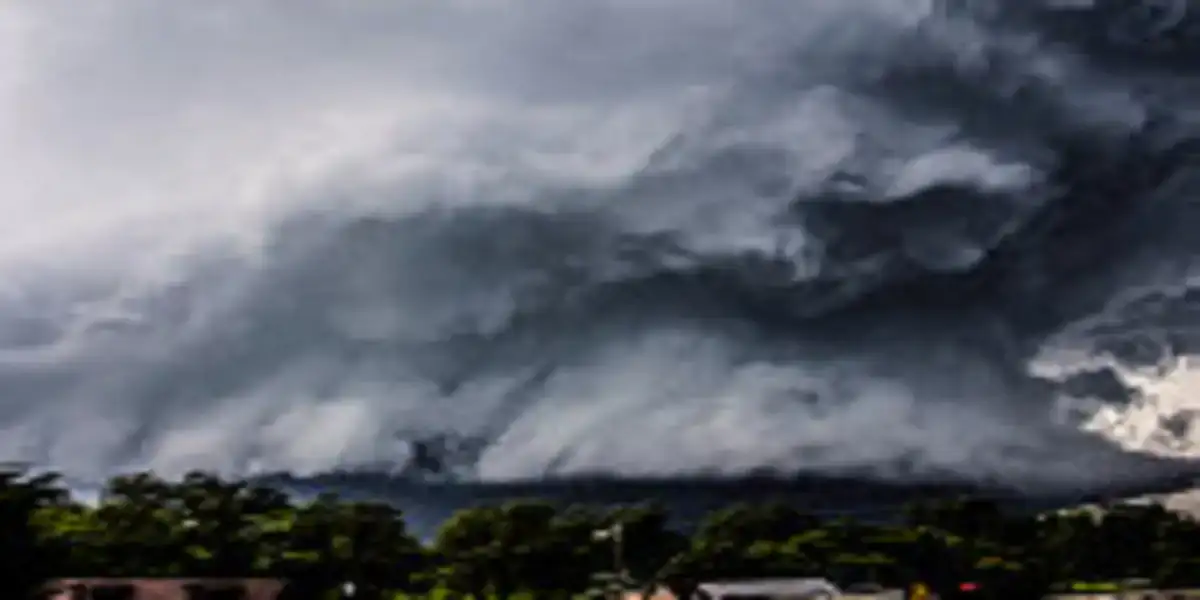Introduction
EF5 ef5:yrvpbbez2es= tornado stand as the most powerful and destructive storms on Earth. These violent twisters possess the capacity to obliterate everything in their path, leaving behind a trail of devastation. Understanding the characteristics, formation, and impacts of EF5 tornadoes can help in better preparation and mitigation efforts.
The Enhanced Fujita Scale
The Enhanced Fujita (EF) Scale classifies tornadoes based on their wind speeds and the damage they cause. The scale ranges from EF0, indicating the weakest tornadoes, to EF5, representing the most severe. Dr. Tetsuya Theodore Fujita, a renowned meteorologist, developed the original Fujita Scale in 1971. In 2007, scientists introduced the Enhanced Fujita Scale to provide more accurate assessments of tornado intensity.
Characteristics of EF5 Tornadoes
EF5 ef5:yrvpbbez2es= tornado exhibit wind speeds exceeding 200 miles per hour. These storms can cause catastrophic damage, including the complete destruction of well-built structures, uprooting of trees, and hurling of vehicles through the air. The sheer power and unpredictability of EF5 tornadoes make them a formidable force of nature.
Formation of EF5 Tornadoes
Several factors contribute to the formation of EF5 tornadoes. These include:
- Severe Thunderstorms: EF5 tornadoes often develop from supercell thunderstorms, which feature rotating updrafts known as mesocyclones. These powerful storms provide the necessary conditions for tornado formation.
- Wind Shear: Significant differences in wind speed and direction at various altitudes, known as wind shear, play a crucial role in tornado development. Wind shear creates the rotation needed for a tornado to form.
- Instability: Atmospheric instability, caused by warm, moist air near the surface and cooler, drier air aloft, fuels the energy required for tornado formation.
- Lift: A lifting mechanism, such as a cold front or dryline, helps to initiate the upward motion of air, setting the stage for tornado development.
Notable EF5 Tornadoes in History
Several EF5 ef5:yrvpbbez2es= tornado have left an indelible mark on history due to their immense power and devastating impacts. Some notable examples include:
- The Tri-State Tornado (1925): This tornado remains the deadliest in U.S. history, causing 695 fatalities and widespread destruction across Missouri, Illinois, and Indiana.
- The Joplin Tornado (2011): Striking Joplin, Missouri, this EF5 tornado resulted in 158 deaths and extensive damage, making it one of the costliest tornadoes in U.S. history.
- The Moore Tornado (2013): This powerful tornado hit Moore, Oklahoma, causing 24 deaths and significant destruction to homes, schools, and businesses.
Preparedness and Safety Measures
Given the destructive potential of EF5 tornadoes, taking preparedness and safety measures seriously is crucial. Some essential steps include:
- Stay Informed: Monitor weather forecasts and heed tornado warnings from local authorities. Early warning systems can provide valuable time to seek shelter.
- Have a Plan: Develop a tornado emergency plan for your family, including designated safe areas in your home, such as a basement or an interior room on the lowest floor.
- Build a Kit: Assemble an emergency kit with essential supplies, including water, non-perishable food, flashlights, batteries, a first aid kit, and important documents.
- Seek Shelter: During a tornado warning, move to your designated safe area immediately. If caught outdoors, seek shelter in a sturdy building or lie flat in a low-lying area, covering your head with your arms.
Conclusion
EF5 ef5:yrvpbbez2es= tornado represent nature’s most powerful and destructive storms, capable of causing catastrophic damage and loss of life. Understanding their characteristics, formation, and impacts can aid in better preparation and mitigation efforts. By staying informed, having a plan, and taking appropriate safety measures, individuals and communities can increase their resilience against these formidable forces of nature. See more
